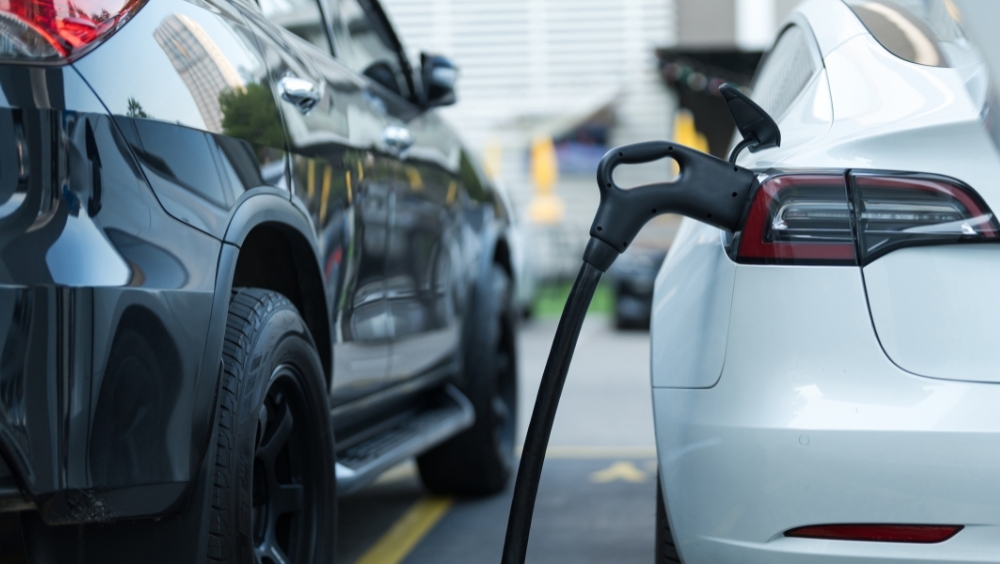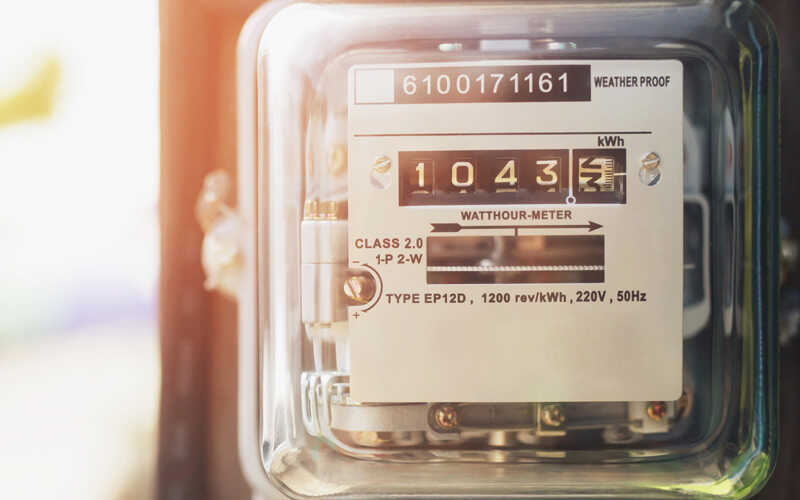- Investment in own charging infrastructure Independence from price fluctuations at public charging stations
- Store at low price times So können E-Fahrzeuge besonders kostengünstig geladen werden
- Solarstrom nutzen Use solar power
- Partial loads Conserve battery life and save electricity and money
- Vehicle-to-Grid From consumer to supplier
- Load management Intelligent load management to avoid peak loads
- Advantages of the home store Particularly cost-effective: charging at the wallbox at home
- Clever charging - reduce costs Efficient charging processes offer numerous potential savings
- Sample calculations & cost comparisons Find out how to optimize your operating costs
- Conclusion Switching to an e-fleet enables considerable cost savings
Investment in own charging infrastructure
Independence from price fluctuations at public charging stations



